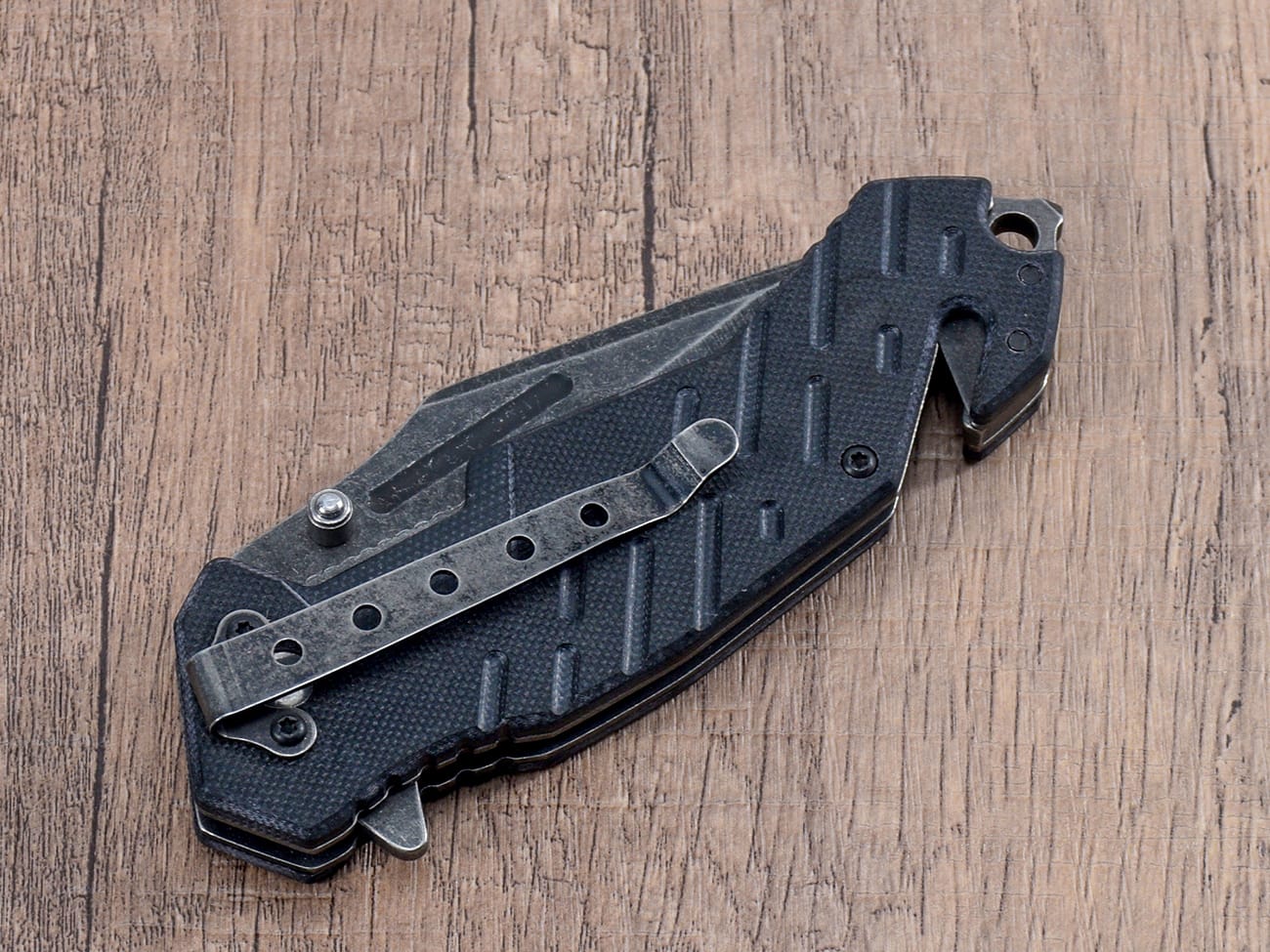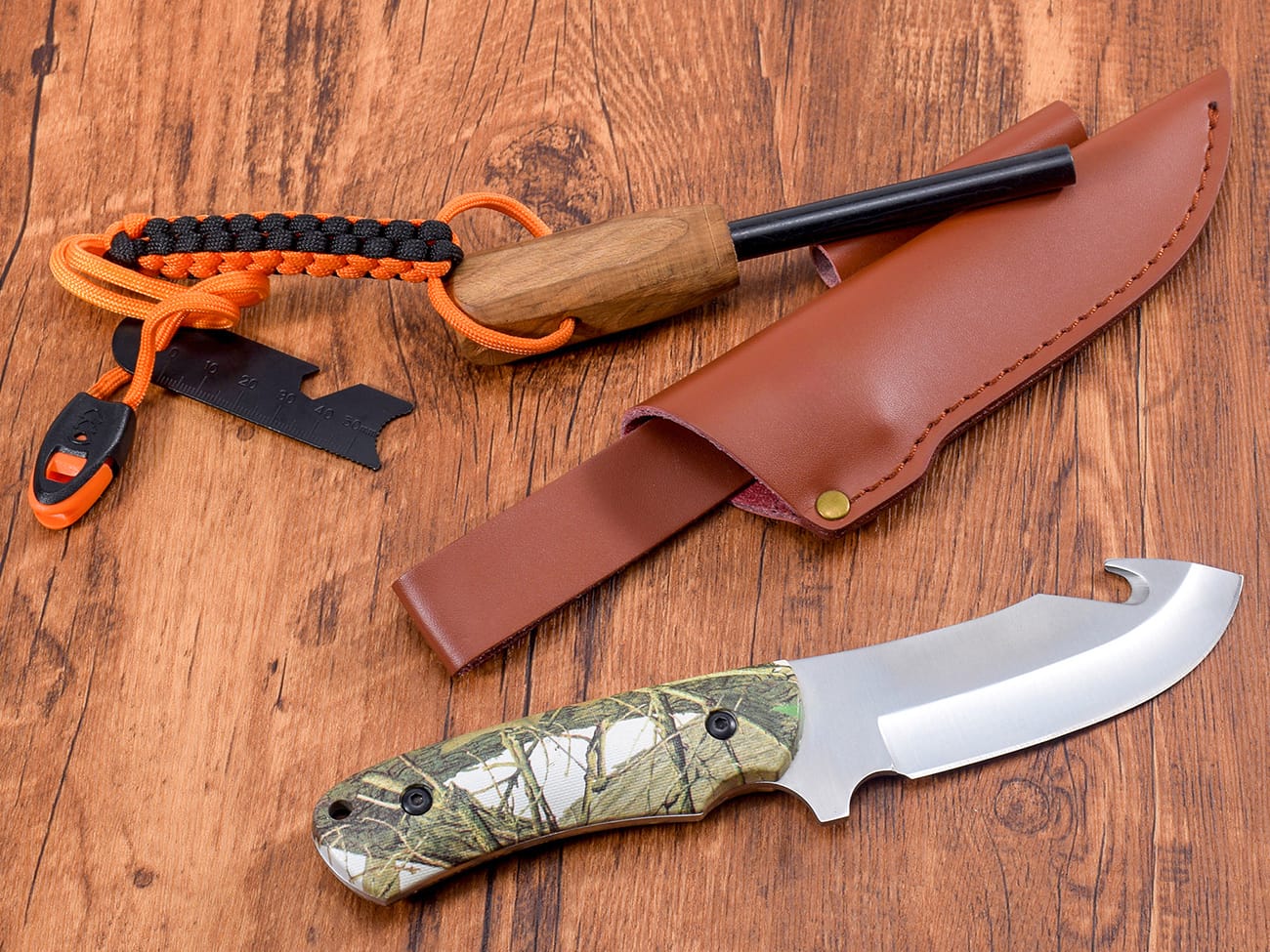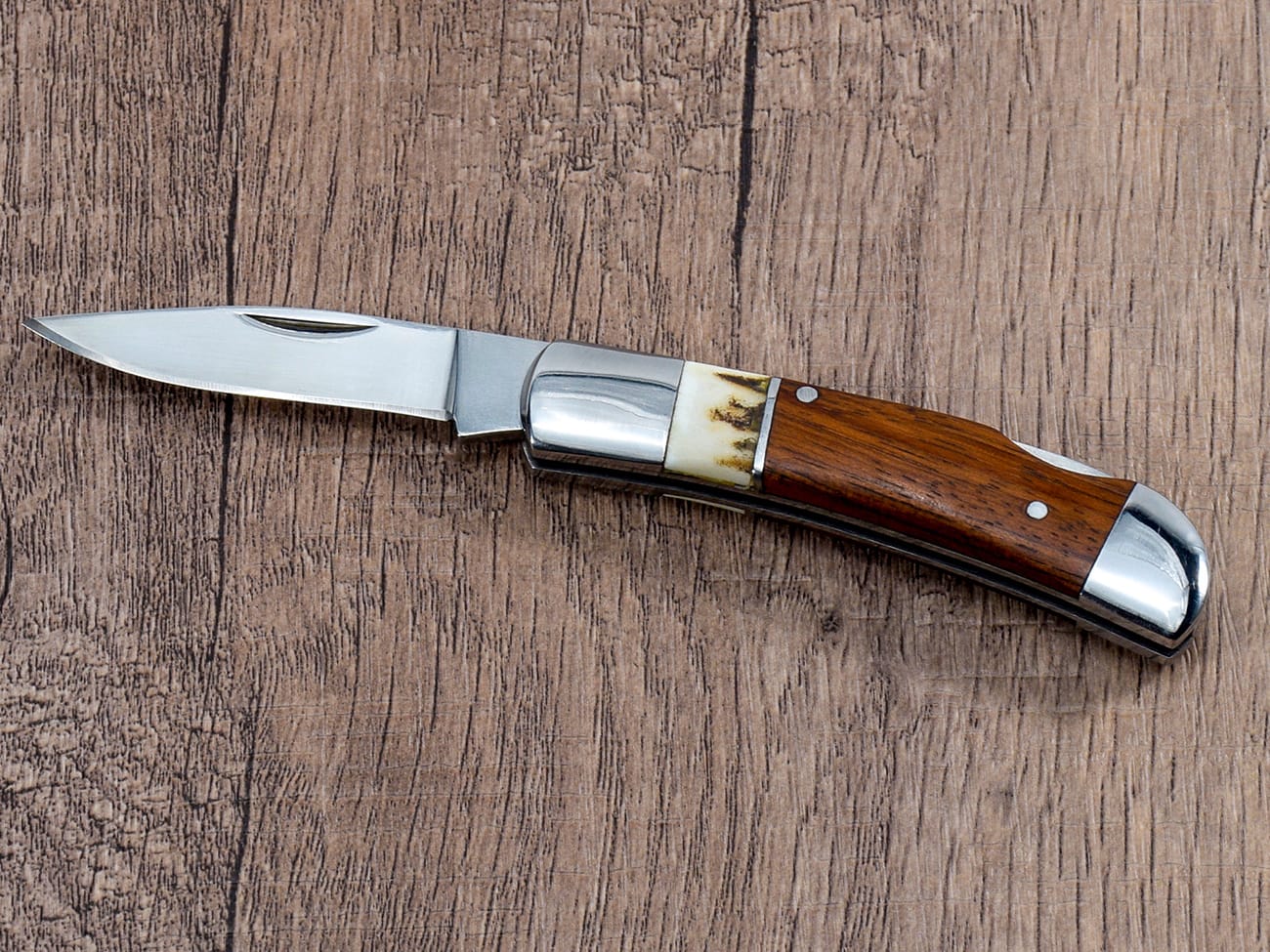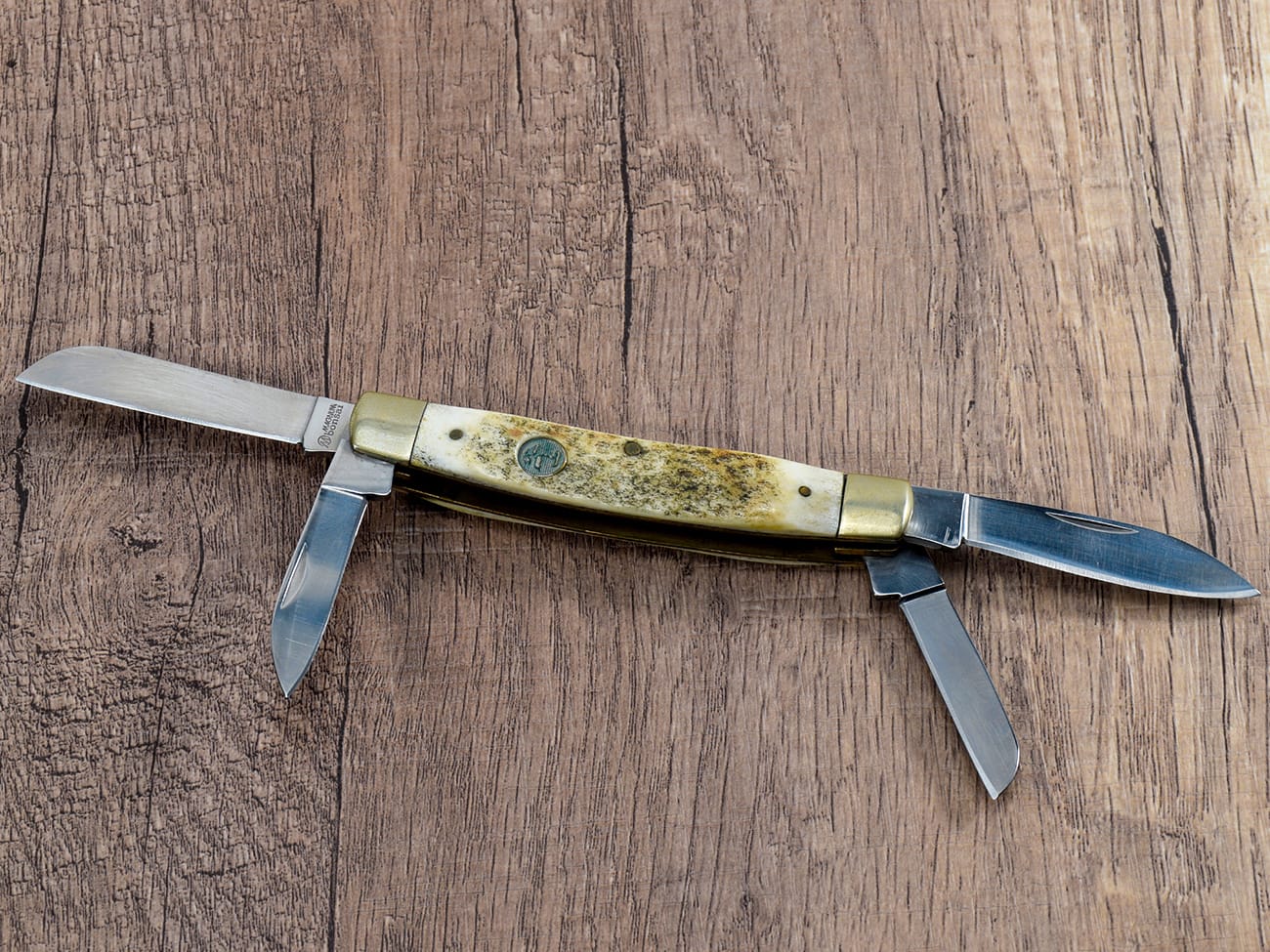Are you ready to elevate your outdoor skills and become a true wilderness survivor? Knowing how to use a hunting knife with flint is an essential skill that could save your life in challenging situations. This comprehensive guide will walk you through everything you need to know about this crucial survival technique, from selecting the right tools to mastering the art of fire-starting. Whether you’re an experienced hunter or a novice camper, this article will equip you with the knowledge and confidence to thrive in any outdoor scenario.
What Makes a Hunting Knife with Flint So Special?
A hunting knife combined with flint is more than just a cutting tool – it’s a versatile survival kit in your pocket. This dynamic duo offers unparalleled versatility in the wilderness, allowing you to perform a wide range of tasks from preparing game to starting fires. The unique properties of flint and steel make them an ideal fire-starting combination, ensuring you can create a flame even in the most challenging conditions.
How Do You Choose the Right Hunting Knife for Use with Flint?
Selecting the perfect hunting knife for use with flint requires careful consideration. Here are some key factors to keep in mind:
- Blade material: Opt for a high-carbon steel blade, as it produces better sparks when struck against flint.
- Blade design: A sturdy, full-tang knife with a straight spine works best for striking flint.
- Handle comfort: Look for a knife with a comfortable, ergonomic handle that provides a secure grip.
- Size and weight: Choose a knife that balances portability with functionality.
- Versatility: Consider a knife that can handle multiple tasks beyond fire-starting.
A quality hunting knife with a G10 handle offers excellent grip and durability, making it an ideal choice for use with flint.
What Type of Flint Should You Use with Your Hunting Knife?
When it comes to flint, not all stones are created equal. Here’s what you need to know:
- Natural flint: Found in nature, it’s the traditional choice but can be inconsistent in quality.
- Ferrocerium rods: These modern “flint” alternatives produce hotter, more consistent sparks.
- Quartz: A common alternative to flint that can also produce sparks when struck.
Choose a flint or ferrocerium rod that’s compatible with your knife and easy to carry in your survival kit.
How Do You Prepare Your Hunting Knife for Use with Flint?
Before you can start creating sparks, you need to prepare your hunting knife properly:
- Sharpen the blade: A sharp blade is safer and more efficient for all tasks.
- Clean the spine: Ensure the back of the blade is clean and free from any coatings.
- Square the spine: If necessary, use a file to create a sharp 90-degree angle on the spine for better spark production.
- Test the combination: Practice striking your chosen flint against the knife to ensure they work well together.
Remember, a well-maintained knife is not only more effective but also safer to use in survival situations.
What’s the Proper Technique for Striking Flint with a Hunting Knife?
Mastering the technique of striking flint with your hunting knife is crucial for successful fire-starting. Follow these steps:
- Hold the flint: Grip the flint firmly between your thumb and forefinger.
- Position the knife: Hold the knife at a 45-degree angle to the flint.
- Apply pressure: Press the spine of the knife against the flint with moderate force.
- Strike downward: In a quick, controlled motion, strike the knife down the length of the flint.
- Direct the sparks: Aim the sparks towards your tinder bundle.
- Repeat: Continue striking until you successfully ignite your tinder.
Practice this technique regularly to build muscle memory and improve your success rate in real-world situations.
How Can You Improve Your Success Rate When Using a Hunting Knife with Flint?
Becoming proficient with a hunting knife and flint takes practice. Here are some tips to enhance your skills:
- Use proper tinder: Fine, dry materials like char cloth or birch bark catch sparks more easily.
- Create a spark shower: Aim for multiple sparks with each strike to increase your chances of ignition.
- Protect your work area: Shield your tinder and sparks from wind and moisture.
- Maintain your tools: Regularly clean and inspect your knife and flint for optimal performance.
- Practice in various conditions: Familiarize yourself with fire-starting in different weather and environments.
Remember, patience and persistence are key when mastering this skill.
What Are Some Alternative Fire-Starting Methods Using a Hunting Knife?
While using flint is an excellent fire-starting method, it’s essential to know alternative techniques:
- Bow drill method: Use your knife to create a bow and drill set for friction fire-starting.
- Battery and steel wool: Your knife can help you manipulate steel wool to catch a spark from a battery.
- Magnifying glass: In sunny conditions, use your knife blade as a reflective surface to concentrate sunlight.
- Chemical reactions: Your knife can be used to mix certain chemicals that produce heat or flame.
Familiarizing yourself with multiple fire-starting techniques increases your chances of success in diverse situations.
How Can You Maintain Your Hunting Knife and Flint for Optimal Performance?
Proper maintenance of your hunting knife and flint is crucial for reliable performance:
- Clean your knife after each use, especially after striking flint.
- Keep your knife blade sharp and free from rust.
- Store your flint in a dry place to prevent moisture absorption.
- Inspect your tools regularly for signs of wear or damage.
- Replace your flint or ferrocerium rod when it becomes too small or worn.
A well-maintained hunting knife not only performs better but also lasts longer, providing you with a reliable tool for years to come.
What Safety Precautions Should You Take When Using a Hunting Knife with Flint?
Safety should always be your top priority when working with sharp tools and fire:
- Wear protective gloves to prevent cuts and burns.
- Create a safe work area clear of flammable materials.
- Be aware of your surroundings and potential fire hazards.
- Keep a first aid kit nearby in case of accidents.
- Practice proper knife handling techniques to avoid injuries.
- Never leave a fire unattended and ensure it’s completely extinguished before leaving.
By following these safety guidelines, you can enjoy the benefits of your skills while minimizing risks.
How Can You Incorporate Hunting Knife and Flint Skills into Your Outdoor Adventures?
Once you’ve mastered the basics, integrate your new skills into your outdoor activities:
- Plan camping trips that rely on primitive fire-starting methods.
- Teach friends and family members these valuable survival skills.
- Challenge yourself to start fires in various weather conditions.
- Incorporate fire-starting into your emergency preparedness plans.
- Use your skills to enhance your hunting or fishing experiences.

A hunting knife with flint is an essential tool for outdoor enthusiasts and survivalists alike.Remember, the more you practice and apply these skills, the more confident and prepared you’ll be in real survival situations.In conclusion, mastering the use of a hunting knife with flint is an invaluable skill for any outdoor enthusiast or survivalist. By understanding the proper techniques, maintaining your tools, and practicing regularly, you’ll be well-equipped to handle a variety of wilderness challenges. Whether you’re using a high-quality folding knife or a fixed-blade hunting knife, the ability to create fire in any condition can be a true lifesaver.Here’s a quick summary of the most important points to remember:
- Choose a high-carbon steel knife with a comfortable handle for optimal performance with flint.
- Practice proper striking techniques to improve your spark production and fire-starting success.
- Maintain your tools regularly to ensure they’re always ready for use.
- Prioritize safety when working with sharp tools and fire.
- Incorporate your skills into your outdoor adventures to stay prepared for any situation.
By following these guidelines and continuing to hone your skills, you’ll be well on your way to becoming a true master of wilderness survival. So grab your hunting knife and flint, head out into nature, and start practicing – adventure awaits!




